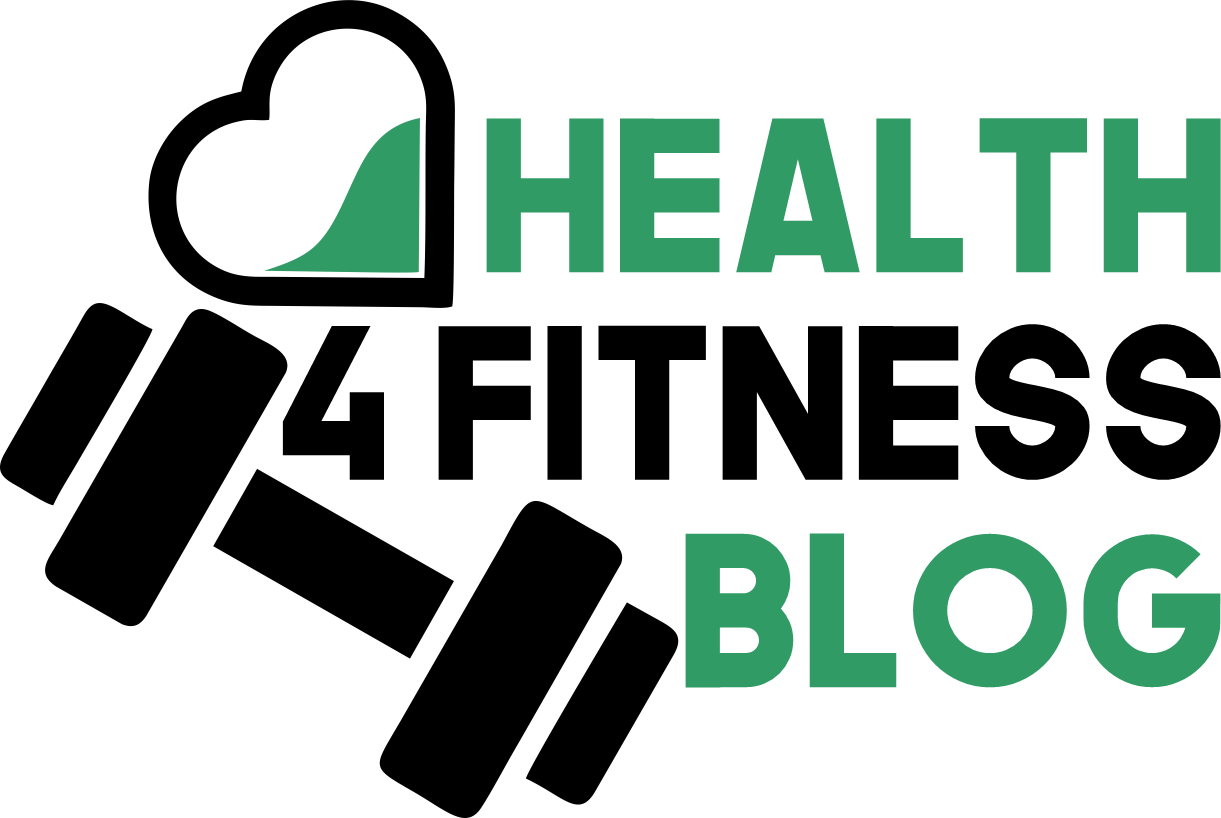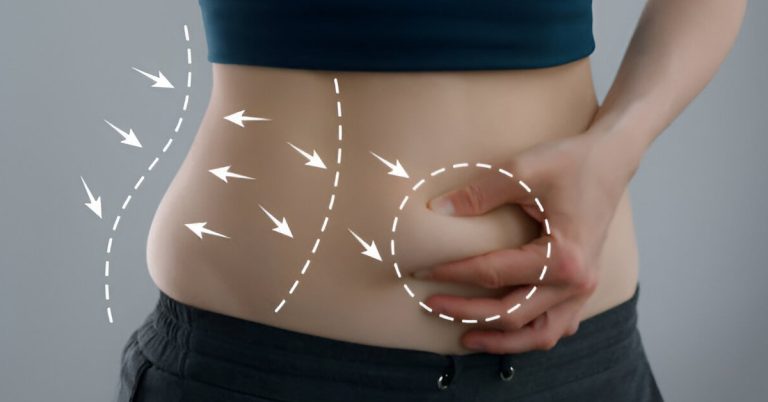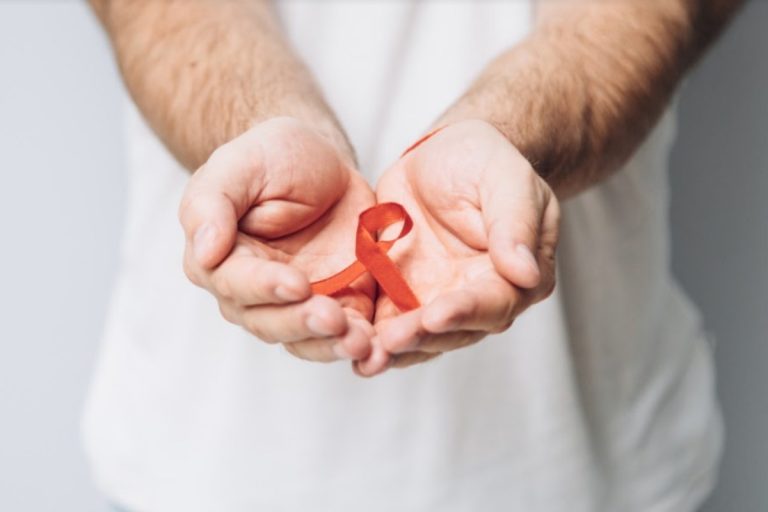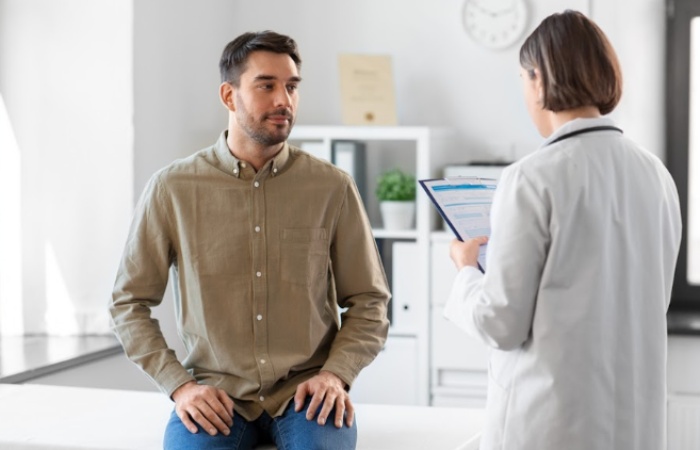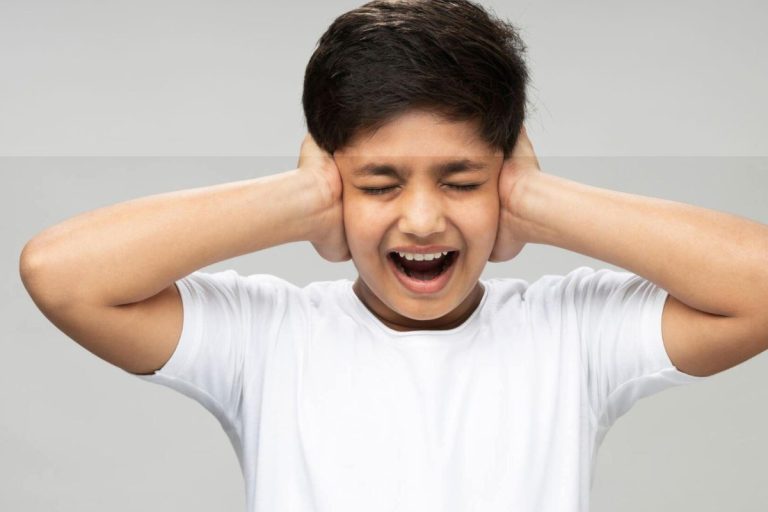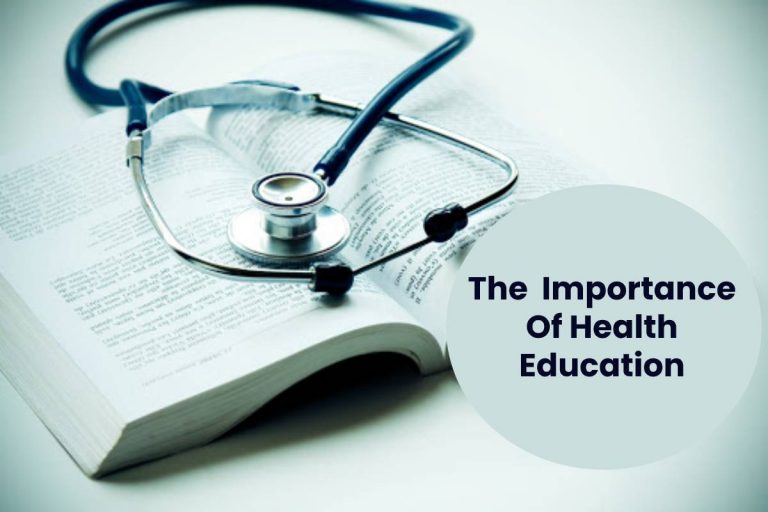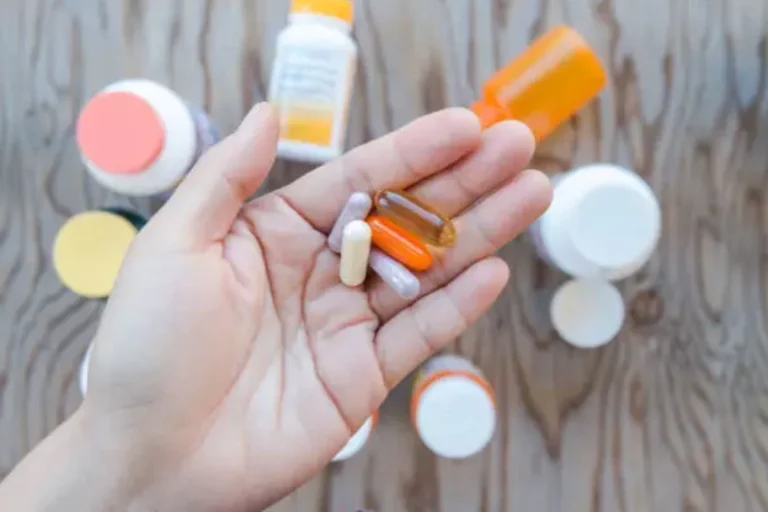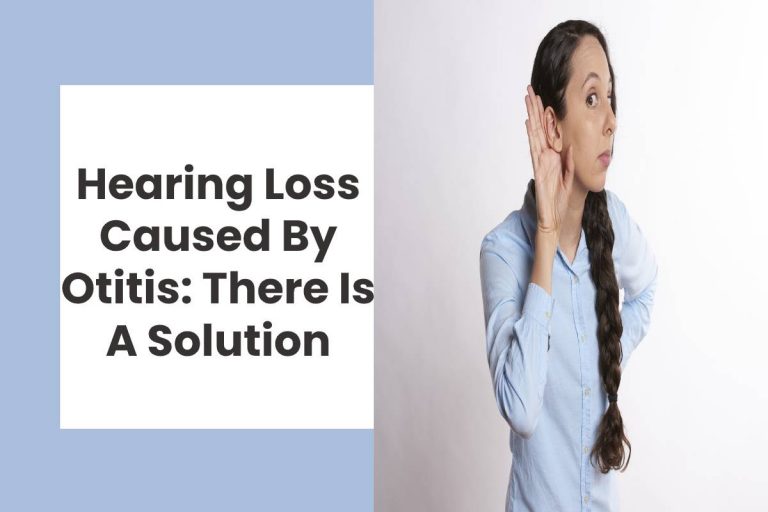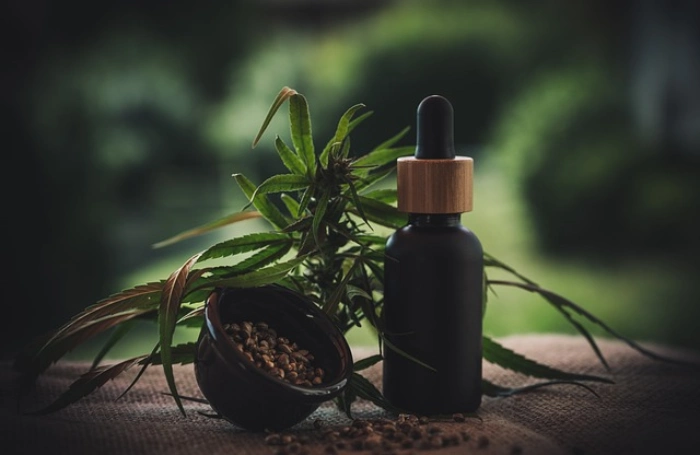Staying active is important at any age, but as you get older, your body will start to change. You might find that you can’t keep up with the same exercises that you did in the earlier years of your life or that your memory isn’t as good as it used to be.
While these changes are normal, that doesn’t mean you shouldn’t try to stay active in a way that is more suitable for you now.
This is important for your physical and mental health, so if you are a senior citizen who wants to improve your fitness and cognitive functions, here are some great hobbies to try.
Table of Contents
1. Walking Groups
There is something invigorating about getting out into the fresh air and nature for your mind, body and soul.
Being in these spaces can be a wonderful opportunity to reflect and take in the beauty of the world around you.
This is why joining a walking group in your older years can be a very beneficial hobby to have, as it will help to keep you fit and allows the opportunity to socialize at the same time.
Most walking groups can offer different distances too, making it easy to choose one that suits your fitness levels.
2. Pilates
Pilates or even yoga can also be great fitness classes to get involved in when you get older. They are low-impact exercises, but they can make a big difference in helping you with your balance and core strength.
This can be greatly beneficial, particularly to seniors, who might be worried about falls and other injuries.
Although these exercises won’t make you immune to this, it does improve your balance so it could help to reduce the risk a little bit.
3. Book Clubs
If you have always enjoyed reading, but perhaps didn’t get to do this as much as you’d like before retirement, joining a book club could be the perfect activity to get involved in.
Reading is great for your cognitive functions and getting lost in a good story, whether it’s fiction or non-fiction, can be a wonderful past time.
Reading these books in time for your next meeting is also a challenge, and it can be interesting to discuss your thoughts with others.
4. Creative Writing
If you enjoy writing, perhaps sitting down to pen a novel or a collection of poems or short stories could be a great hobby in your older age.
Whether you want to try and get some work published or do it just for fun, this is a great way to get your creative juices flowing and keep your mind ticking over.
This is one of the activities on offer at Signature care homes, and it can be fun to share your stories with others doing the same.
5. Dancing Classes
Dancing is a fantastic way to exercise as it can be a lot more fun than working out at the gym.
This activity doesn’t always feel like exercise either, as you sway to the music solo or with a partner and get lost in the dance.
It can be a good way to meet new people and indulge in your love for music and take a spin on the dancefloor!
If you are looking for some activities to help keep your brain and body active in your later years, consider the suggestions above and see if any of them speak to you.
